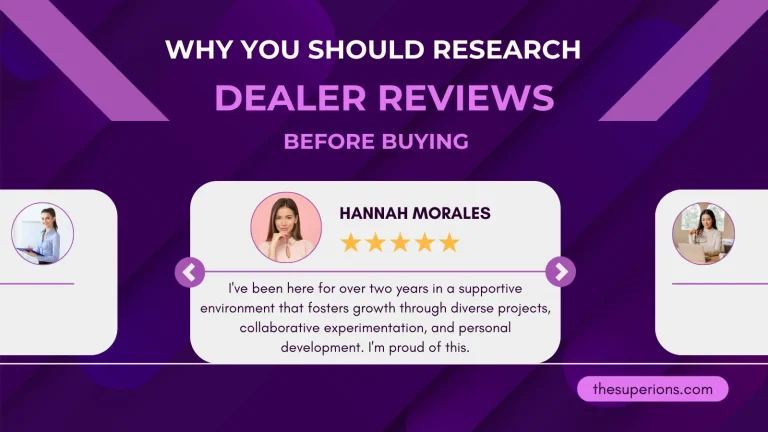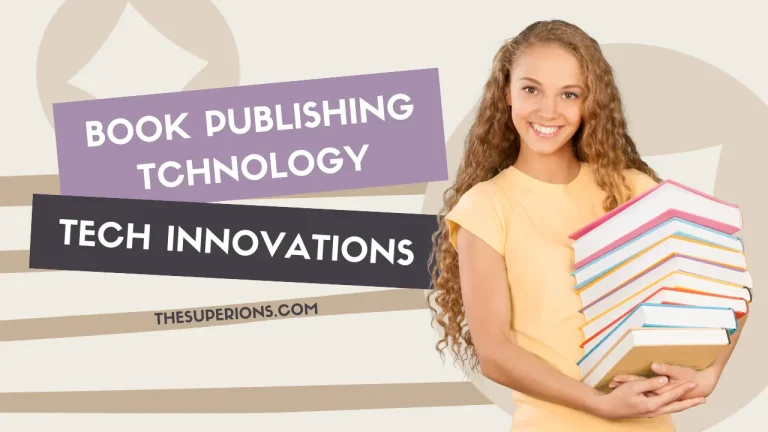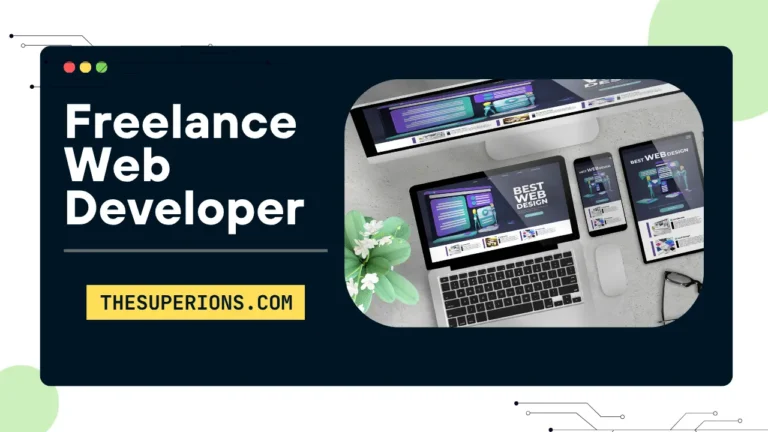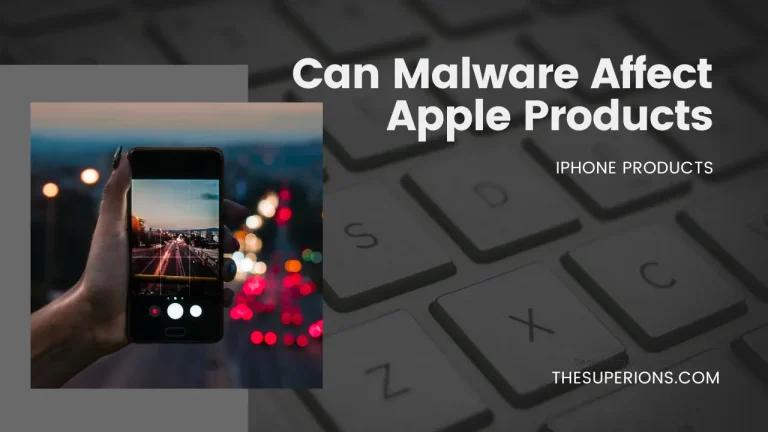Things to Keep in Mind Regarding SaaS Procurement Software
In the fast-paced business world of today, companies are constantly seeking to improve their operations while increasing costs and staying ahead of the competition. In recent years, one part of the procurement process has been the focus of both significant innovation as well as rapid growth. SaaS (Software as a Service) procurement software is just the thing for such problems. This type of cloud-based software helps businesses standardize their internal procurement procedures.
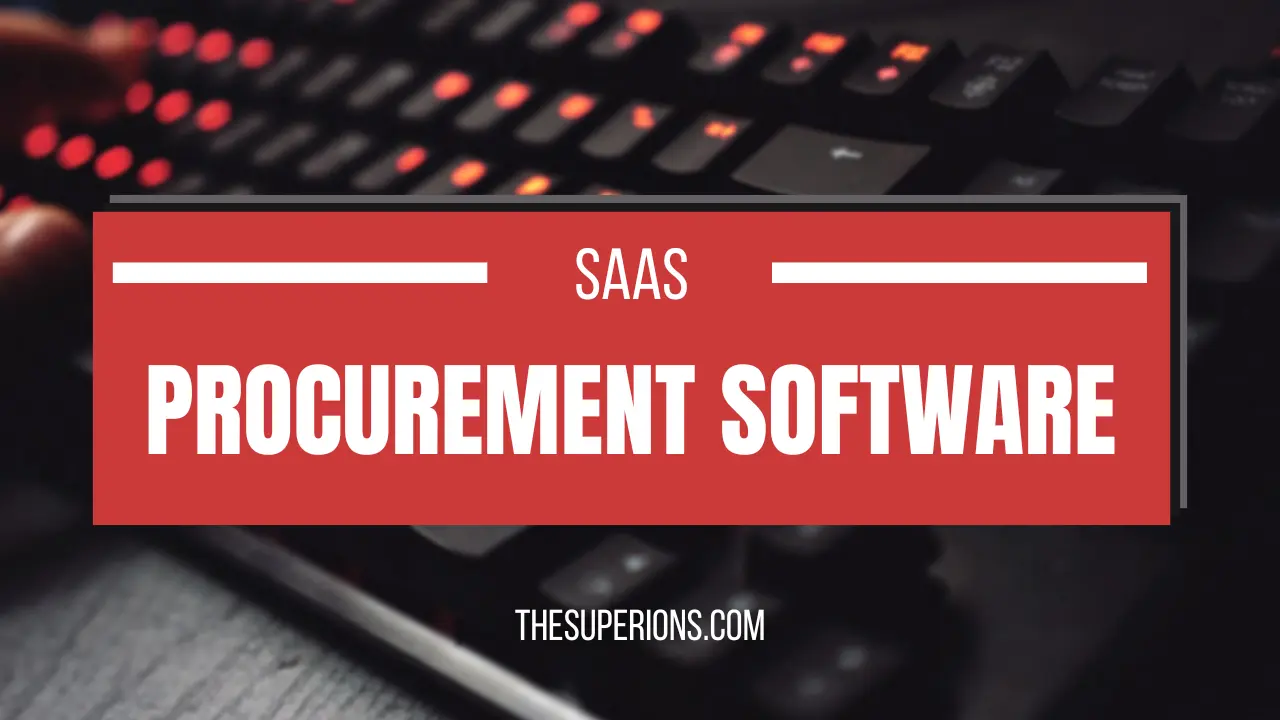
This article will take you through five important considerations that need to be made when evaluating and choosing SaaS procurement software for all your needs.
1. Understand Your Procurement Needs
Before you start this analysis of SaaS software alternatives, make sure that your organization’s unique procurement requirements are understood. A complete analysis of current procedures is crucial in order to identify what is wrong apart from areas which present challenges and opportunities for improvement. A comprehensive map of the procurement lifecycle is created with members from departments as diverse as operations, and finance, plus legal. The resulting insights from this cross-functional interaction help ensure that the Procurement Management Software satisfies all kinds of organizational needs.
As you go over your processes, please watch for inefficiency, manual processes, or lack of visibility, any of which may be slowing down productivity and increasing costs. Can’t manage vendors well, forget about not tracking contracts that are coming due? and have versions in use? Or maybe you can’t get real-time visibility into how much money is going out every month? So rank which ones of these particular pain points are the most significant and select features according to that.
Keep in mind that every business is different, so what suits one might not be the best for another. You can focus your search for solutions that directly meet your requirements by having a thorough understanding of your procurement needs in addition to areas for improvement. This focused approach guarantees a higher return on investment, improves adoption rates within your company, and increases the probability of locating the appropriate software.
People Also Read?
2. Evaluate the Software’s Features and Functionality
Selecting the best option requires carefully weighing the features and functionalities of SaaS procurement software. Strong sourcing and supplier management capabilities ought to be included in a comprehensive package. This includes a streamlined procedure for handling requests for proposals (RFPs) from inception to award, and a centralized supplier database, as well as instruments for assessing supplier performance metrics. The sourcing process can be further optimized with the help of sophisticated features like real-time RFP tracking, and automated scoring, along with collaboration tools.
Additionally crucial to minimizing risks, and guaranteeing compliance, and maximizing the value of vendor relationships is effective contract management. Look for complete contract lifecycle management that includes automated milestone alerts, redlining, and e-signatures, and version control. The best options might provide risk assessment and contract analytics driven by AI.
3. Consider User Experience and Ease of Use
The user experience and ease of use of SaaS procurement software should be taken into account just as much as the software’s features in addition to functionality. After all, if software is hard to use as well as confusing to navigate, even the most robust and feature-rich programs will be useless. A bad user experience can undermine the entire goal of deploying the software in the first place by causing annoyance, and a decline in productivity, alongside ultimately, along with a lack of adoption by your team.
Take special note of the user interface (UI) and overall workflow design when evaluating potential solutions. Seek for solutions with a clear, user-friendly interface that is both aesthetically pleasing alongside simple to use. The end-user should be the primary focus of interface design, with the minimum amount of clutter in addition to a needless complexity. Furthermore, it is imperative that the workflow seamlessly integrates with your current procurement processes to minimize any disruptions along with facilitating your team’s adaptation to the new software.
People Also Read?
4. Evaluate Security, Compliance, and Data Protection
In the current environment of cyber threats and data breaches, assessing the security, and compliance, as well as data protection capabilities of SaaS procurement software is essential. These solutions frequently deal with sensitive data, such as financial data, contracts, and supplier details, so picking a platform that follows industry best practices and standards is crucial. To find vulnerabilities early on, consider options with strong encryption protocols, multi-factor authentication, and frequent security audits and penetration tests.

Adhering to pertinent regulations and standards ought to be of utmost importance, particularly for entities functioning in regulated sectors or managing confidential information. In the event that you handle or operate within the EU, make sure you comply with GDPR. Businesses in industries such as healthcare, finance, or government might have extra requirements to fulfill. Credible suppliers ought to possess the required licences in addition to attributes, such as audit trails, data residency choices, and role-based access controls.
5. Consider Scalability and Future Growth
Your company’s procurement needs will inevitably change as it expands. To ensure a worthwhile long-term investment, it is imperative to select a SaaS procurement solution that can scale and adapt to these changing requirements. Seek for pricing structures that are adaptable enough to let you add or remove features, and modules, and users as needed. Steer clear of strict, one-size-fits-all plans that might not support your future expansion. Paying too much for features that aren’t used is avoided with scalable pricing options like tiered user-based plans or a la carte feature access.
Assess the vendor’s product development and innovation roadmap as well as their dedication to ongoing innovation. Since technology is always changing, your procurement software needs to be up to date with the newest developments along with trends.
Furthermore, Give preference to suppliers who have a proven track record of delivering new features, and upgraded integrations, in addition to improved functionality, in addition to frequent updates. This indicates a commitment to remaining current along with adjusting to the needs of the market.
People Also Read?
Turning data into actionable insights to improve business decisions
Conclusion
The effectiveness alongside financial performance of your company’s procurement processes can be greatly impacted by your choice of strategic sourcing software, making it an important decision. You can confidently navigate the selection process and find a solution that meets your unique needs, and improves your procurement efforts, along with keeping your company competitive in the ever-changing market by keeping these five important factors in mind.
